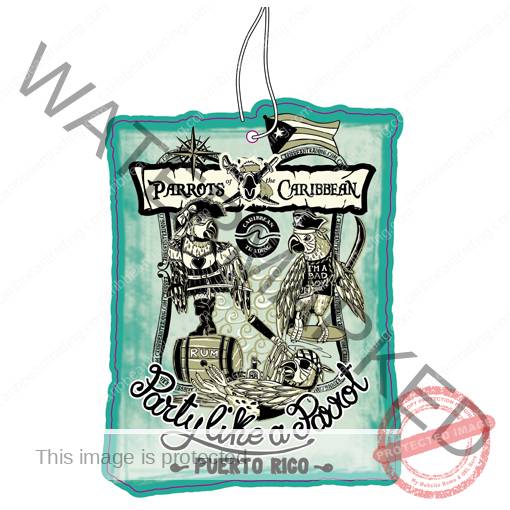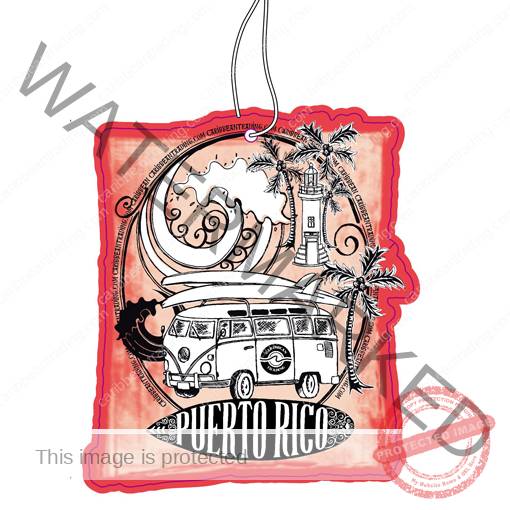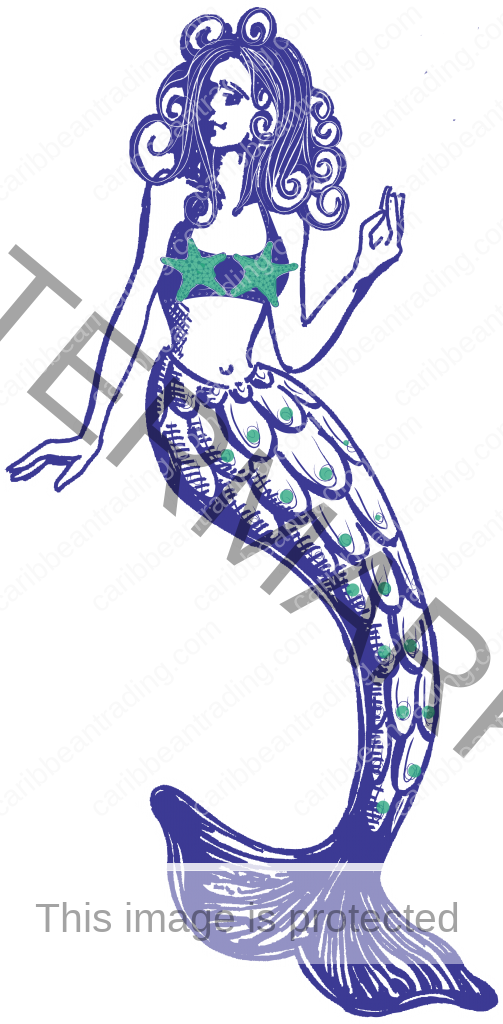Food & Recipes
A Culinary Journey: The Caribbean’s Bold Influence on Global Seafood
The Caribbean, with its sun-kissed shores and vibrant cultures, has not only shaped the rhythm of the islands but has also left an indelible mark on the world of gastronomy.
Explore the secrets behind the bold and distinctive seafood dishes that have emerged from this tropical paradise, tracing their influence as they traverse oceans and captivate palates worldwide.
From jerk-spiced seafood celebrations to the nuanced artistry of ceviche, there’s a sensory adventure that unveils the Caribbean’s culinary treasures for anyone. Each dish tells a story, heritage, and a deep connection to the bountiful seas that cradle these enchanting islands.
Most Known Caribbean Flavors
Famed for its audacious flavors and aromatic spices, Tropical cuisine has significantly reshaped the global seafood scene. There are many spices, marinades and cooking styles that are present on this region, such as:
- Allspice: One of the most vibrant spices in Caribbean cooking, also known as pimento. It has a warm and aromatic flavor reminiscent of a combination of cinnamon, nutmeg, and cloves. It’s a key ingredient in marinades, imparting a distinct essence.
- Scotch bonnet peppers: another staple in Caribbean spice cabinets, delivering intense heat and fruity undertones. Often used in marinades, these peppers contribute not only spiciness but also a unique depth of flavor.
- Thyme: widely used herb in Caribbean cuisine that adds a fragrant and earthy element to many dishes. It is frequently included in spice blends and marinades. Thyme pairs exceptionally well with meats like chicken and goat, infusing them with a great aroma.
- Garlic: it holds a prominent place in Caribbean marinades, providing a pungent and savory base for many recipes. Whether minced or crushed, garlic is often combined with other aromatic ingredients to create robust and flavorful marinades.
- Cumin and coriander are spices that have found their way into Caribbean kitchens, thanks to historical trade routes and cultural exchanges. These spices add warm, citrusy notes to marinades, complementing the more traditional Caribbean flavors.
Other citrus fruits, such as lime and sour orange, play a crucial role in Caribbean marinades. The acidic brightness of these fruits not only tenderizes meat but also imparts a refreshing zing to the overall flavor profile.
Marinating meat in a mixture of citrus juice, garlic, and various spices is a common practice in Caribbean culinary traditions, creating succulent and flavorful dishes.
Salmon: A Worldly Delicacy with a Caribbean Makeover
Salmon is cherished worldwide, although it has found itself undergoing a Caribbean makeover, blending the rich flavors of the region with the distinct taste of this nutritious fish. This culinary fusion creates a unique and delightful experience for seafood enthusiasts.
Chefs have embraced the opportunity to infuse their traditional techniques and ingredients into the preparation of salmon. The result is a harmonious blend of the fish’s natural richness with the bold, spicy, and tropical elements characteristic of Caribbean cuisine.
Types of Salmon
Journey through the multifaceted world of salmon, where each type narrates its own story in texture, flavor, and culinary possibilities. Discussing types of salmon and their individual characteristics are vital to know their differences:
- Chinook salmon: Also known as king salmon, Chinook is the largest and fattiest of the Pacific salmon species. It has a rich flavor and high oil content.
- Sockeye salmon: Known for its deep red flesh and rich flavor, sockeye salmon is often called red salmon. It is commonly used for smoked salmon.
- Coho salmon: Recognised as silver salmon, coho has a milder flavor compared to other salmon species. It has a medium to firm texture and is often grilled or broiled.
- Pink salmon: Pink salmon, also called humpback or humpy salmon, has a lighter color and milder flavor. It is the smallest of the Pacific salmon species.
- Atlantic salmon: Unlike the Pacific salmon species, which die after spawning, Atlantic salmon can return to the sea and spawn multiple times. It has a mild flavor and is often farmed.
- Chum salmon: Also known as dog or keta salmon, chum salmon has a lower fat content and a lighter color compared to other salmon. It is often used for canned salmon.
- Masu salmon: Found in Asia, particularly in Japan, this species is also known as cherry salmon. It is smaller than some other salmon varieties and is often consumed in the form of sushi or sashimi.
These salmon species are found in different regions of the world, and their availability can vary depending on the season and location. Additionally, there are many regional names and subtypes for salmon, reflecting the diversity of these fish in different habitats.
Popular Salmon Flavorings
One popular method of giving salmon a twist is through the use of local spices and herbs. The fiery-sweet blend of jerk seasoning, a flavorful blend of Scotch bonnet peppers, allspice, thyme, and other aromatic spices, is often used to marinate and grill salmon.
Coconut, another staple in Caribbean cooking, also plays a significant role in these culinary transformations. Milk and cream are frequently used in marinades and sauces for salmon dishes. This sweet and creamy flavor complements the natural oiliness of the fish.
Professional chefs also add a zesty and refreshing dimension to salmon preparations. Lime, lemon, and orange juices are commonly used to marinate salmon, providing a balance to the richness of the fish and enhancing its natural flavors.
Moreover, the Caribbean’s love for fresh and tropical fruits extends to salmon accompaniments. Mango salsa, pineapple relish, or passion fruit glazes bring a burst of fruity goodness to the dish, adding a sweet and tangy contrast that perfectly complements the savory salmon.
Whether it’s grilled, baked, or pan-seared, Caribbean-inspired salmon dishes have become a global sensation, showcasing the versatility of this world-renowned fish. The fusion of Caribbean flavors with the inherent richness of salmon creates a culinary journey that is really innovative.
Nutritional Benefits
Salmon is a nutrient-rich fish that provides a variety of health benefits due to its impressive nutritional profile. Here are some key nutritional benefits of salmon:
- High in Omega-3 Fatty Acids: Salmon is an excellent source of omega-3 fatty acids, specifically EPA and DHA. These fatty acids are crucial for brain health, reducing inflammation, and supporting cardiovascular health.
- Protein: Salmon is a high-quality source of protein, which is essential for building and repairing tissues, maintaining muscle mass, and supporting overall growth and development.
- B Vitamins: This type of fish contains various B vitamins such as B12, niacin, and B6, which play a role in energy metabolism, nerve function, and red blood cell formation.
- Vitamin D: Salmon is one of the few natural food sources of vitamin D, important for bone health, immune function, and overall well-being.
- Selenium: This mineral acts as an antioxidant and is essential for thyroid function and DNA synthesis.
- Rich in antioxidants: Salmon contains antioxidants, such as astaxanthin, which gives the fish its pink color. Antioxidants help protect the body’s cells from oxidative stress and inflammation.
- Heart health: The omega-3 fatty acids in salmon contribute to heart health by reducing inflammation, lowering blood pressure, and improving cholesterol levels. Regular consumption of salmon has been associated with a lower risk of heart disease.
- Brain health: DHA is important for brain health and cognitive function. It plays a crucial role in the development and maintenance of the brain, and consuming salmon may support memory and reduce the risk of cognitive decline.
- Joint health: Omega-3 fatty acids have anti-inflammatory properties, which can benefit individuals with joint conditions like arthritis by reducing pain and stiffness.
- Weight management: The high protein content in salmon can contribute to a feeling of fullness, which may help in weight management by reducing overall calorie intake.
It’s important to note that the nutritional content can vary slightly depending on the type of salmon (wild-caught vs. farm-raised) and the cooking method. Grilling, baking, or steaming are healthier cooking options compared to frying.
Including salmon as part of a balanced diet can be a delicious and nutritious way to promote overall health and well-being.
However, individuals with specific dietary restrictions or health conditions should consult with a healthcare professional or nutritionist before making significant changes to their diet.
Conclusion
The unique blend of indigenous ingredients, diverse cooking methods, and a deep-rooted cultural heritage creates a symphony of tastes that captivates the palates of food enthusiasts worldwide.
As we savor the fusion of Caribbean spices, fresh catches, and innovative cooking styles, it becomes evident that the region’s bold influence on global seafood is not merely a gastronomic experience but a celebration of the rich maritime history and diverse cultures.
This culinary journey takes you to the impactful cuisine, its most famous flavoring and the world’s cherished salmon, inviting you to appreciate the delights that emerge from it.







